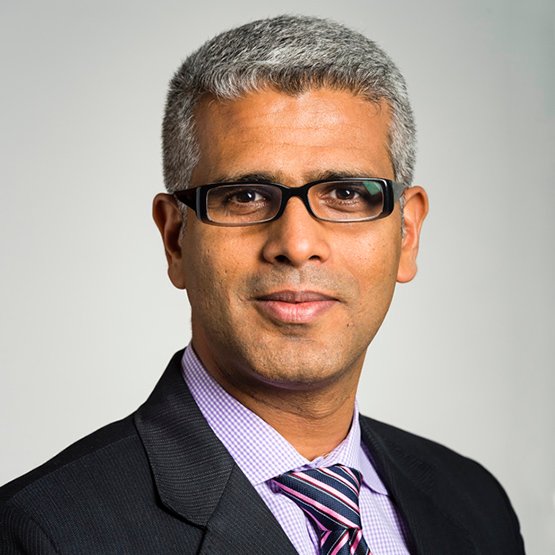“Listening to a diverse range of voices from varying backgrounds leads to better discussions, solutions, and, ultimately, better outcomes”
December 17, 2021 | Friday | Interviews
Sanjay Vyas, Executive Vice President and Managing Director, Parexel shares with BioSpectrum the importance of establishing the Patient Advisory Council and how it will shape the future of healthcare delivery with patients being at the core of decision making
What are the learnings from the Patient Advisory Council (PAC) from the EU, the US, China and Japan? How does Parexel perceive the Indian landscape for PAC?
At Parexel, listening to the patient voice is intrinsic to what we do. Our dedicated engagement experts combine scientific thinking and industry expertise to design a communications strategy that considers the patient experience at every step of the drug development journey.
Our experts regularly collaborate with and seek input from patients and caregivers through Parexel's Patient Advisory Council. Using these insights, our team can incorporate the patient voice into a development plan and create targeted communications and educational materials. Further complementing these insights, Parexel's Patient Advocacy Manager Works with global patient groups and communities to raise awareness about clinical research studies and engages with them regularly, to ensure that their insights are included in our clinical trials. Following the recently released ICH ER8 guidelines, our experts routinely include patients and/or patient organisations in designing, planning, and conducting our clinical studies in all drug development phases.
Listening to a diverse range of voices from varying backgrounds leads to better discussions, solutions, and, ultimately, better outcomes. Understanding issues, needs, and any social or cultural concerns will help us develop inclusive, relatable communications that truly resonate with all audiences.
How will the Indian patient insights help transform decision-making within the organisation? What is the significance of the PAC programme in the post-pandemic world?
Parexel is committed to improving the patient experience in clinical trials. The importance of this was put into sharper focus during the COVID-19 pandemic with the ensuing shift to remote and virtual trial tactics to best support both patients and sites. Data gathered through initiatives such as PAC helped us innovate and further implement newer practices such as z`decentralised clinical trials (DCTs). DCTs are not simply a type of study but how we do business and we are integrating these capabilities. Expertise and processes across all functions within the organisation. The key to success in moving to a decentralised approach is prioritising trial standards and consistency to ensure patient safety.
Many sponsors are becoming more open to DCTs as they work to maintain patient safety and data quality, and we are working closely with sites and members of our Patient Advisory Council to ensure that site and patient insights are top of mind as we make this shift from traditional trials to a more remote, home-based approach.
What outcomes are expected from the programme? What other markets have the potential to establish a PAC programme?
Keeping patients at the heart of the clinical, regulatory and market access process is Parexel’s core objective. Hence, programs like these are structured to make it as easy as possible for patients to learn about and participate in clinical trials. For example, using Patient-Centric Protocol Optimisation (PCPO) to incorporate patient and caregiver needs, views and experiences into trial planning helps create a more patient-friendly study design. And, while it supports the development of a protocol that is more practical for patients, it also identifies other areas where we can ease the patient burden.
By supporting patient access to and experiences in clinical trials through such initiatives, we expect benefits such as the increased likelihood of launch, enhanced patient experience, positive perception of the company and the wider industry. Other anticipated benefits include improved trial performance – faster enrolment – better retention – fewer protocol amendments, smarter development – accelerated regulatory approvals and access, and a better product value story for Payers. As a result, patients are more likely to speak positively about their experience, recommend clinical trials to others, and even participate again. This is in line with our philosophy of ‘the best-designed studies start with the patient’.
prabhat.prakash@mmactiv.com










